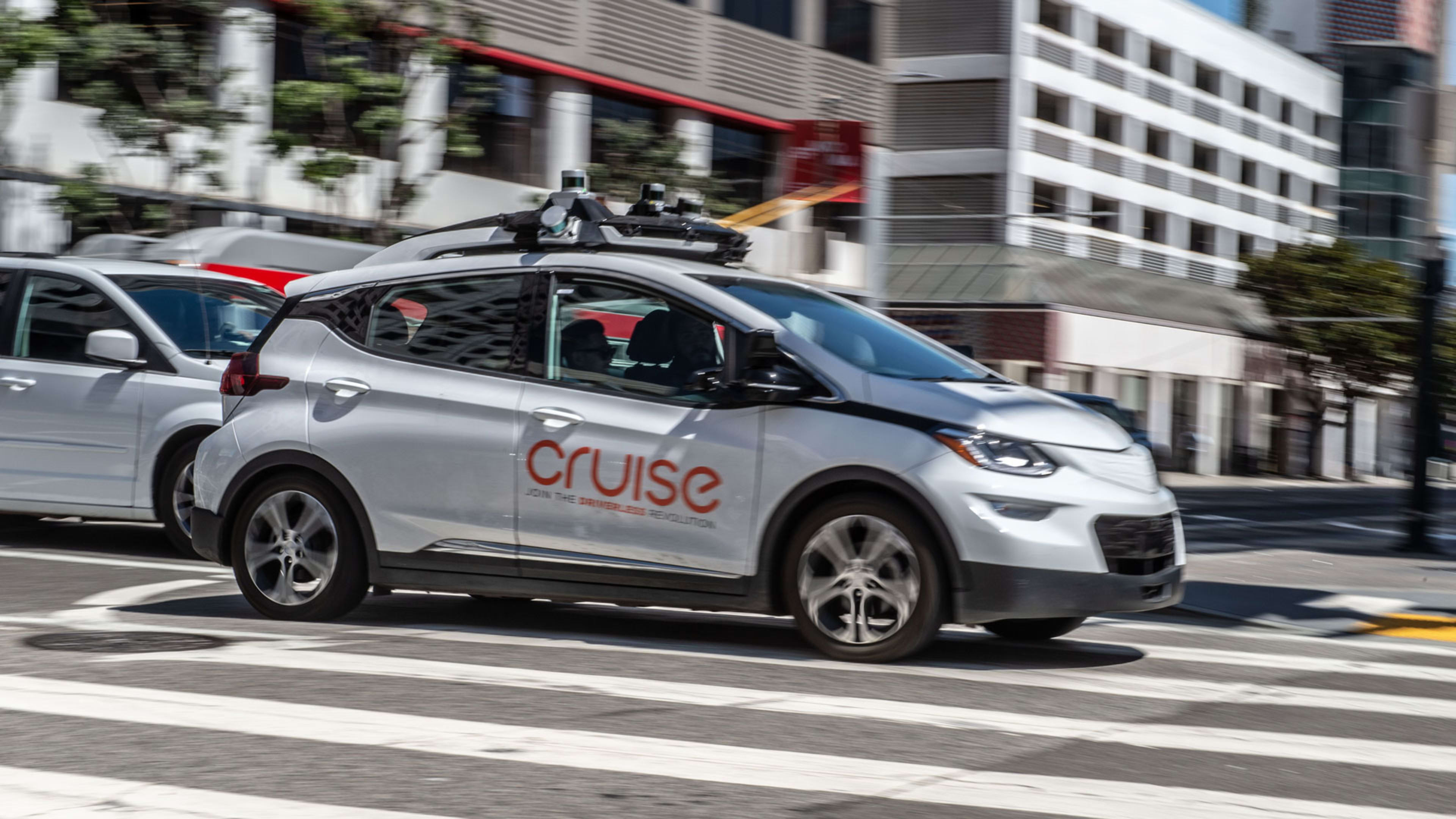Autonomous vehicle operator Cruise said Thursday that federal regulators are looking into its handling of an October 2 pedestrian collision in San Francisco.
“We are fully cooperating with the state and federal regulatory and enforcement agencies which have opened investigations or inquiries in connection with the incident, including the California DMV, the California Public Utilities Commission, the National Highway Traffic Safety Administration, the U.S. Department of Justice, and the U.S. Securities and Exchange Commission,” the company said in a blog post.
The post also includes the results of the third-party report it commissioned from law firm Quinn Emanuel Urquhart & Sullivan following the crash, in which the lawyers reported a “failure of leadership” within the company.
On October 2, a car struck a woman in San Francisco and flung her into the path of a Cruise driverless vehicle. The autonomous car then dragged her roughly 20 feet as it pulled to the curb, causing serious injury. The California Department of Motor Vehicles accused Cruise of leaving out of the video the part about the woman being dragged during a meeting the morning after the incident. On October 24, the agency suspended Cruise’s permit to operate its self-driving cars in the state, citing “an unreasonable risk to public safety.” Cruise has since suspended operations across the country as it works to restore public trust.
The Quinn Emanuel report said that Cruise played, or attempted to play, the full video that included the AV’s pullover maneuver. But it says that Cruise did not verbally point out that fact to regulators or government officials, “despite video transmission issues that impeded or prevented regulators from seeing the pullover maneuver and pedestrian dragging.”
“Quinn Emanuel ascribes this to a failure of leadership within Cruise, inadequate and uncoordinated internal processes, mistakes in judgment, an ‘us versus them’ mentality with government officials, and a fundamental misunderstanding of regulatory requirements and expectations,” Cruise wrote.
Cruise’s CEO Kyle Vogt and his cofounder, Dan Kan, both resigned in November. Cruise then fired nine key leaders on December 13 following its initial review, including COO Gil West and chief legal council Jeffrey Bleich. The company said in the internal messaging announcing the news that “new leadership is necessary.”
Recognize your brand’s excellence by applying to this year’s Brands That Matter Awards before the final deadline, June 7.
Sign up for Brands That Matter notifications here.
